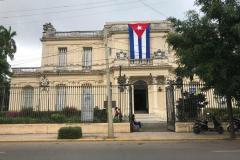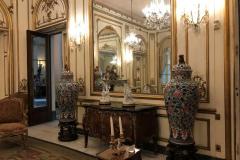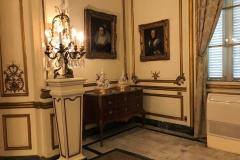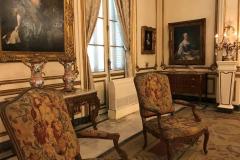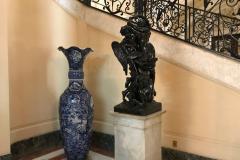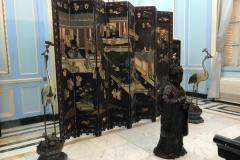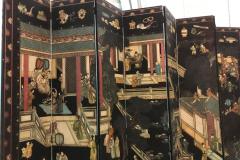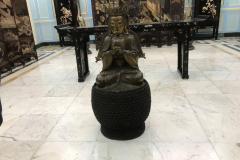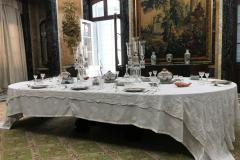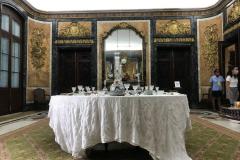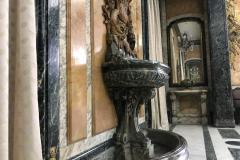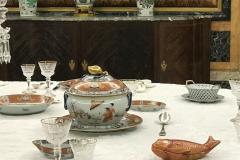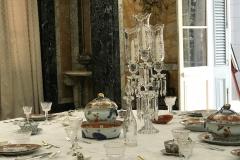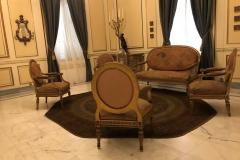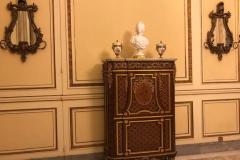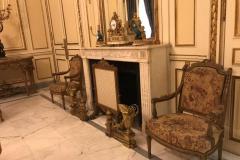Museum of Decorative Arts, a Must-See in Havana (81 Photos)
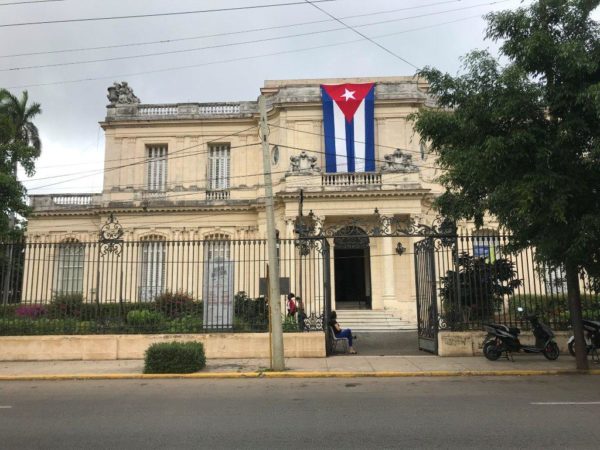
Photo Feature by Irina Pino
HAVANA TIMES – It was a rainy afternoon, I was in Vedado, on 17th and E streets, near the Museum of Decorative Arts. A miracle! It was open again, after two years of being closed because of the damned pandemic.
I went in and paid, it now costs 20 pesos. It’s more expensive, as you could see all the exhibitions for just 5 pesos before.
The Countess Revilla de Camargo, Luisa Gomez Mena, lived here, a woman who bore no children. Story has it that her fortune was amassed with the money that came from many sugar cane mills and slavery. Also, that her husband was the owner of Manzana de Gomez, where there were countless businesses and stores. It is now a super expensive hotel.
In short, there is always a crime behind a great fortune. That’s how the famous saying goes…
The palace is beautiful, full of French, English and Oriental collections. Valuable paintings hang on its walls.
The smaller rooms are my favorites, where I’m sure she would write her letters, and write out invitations for the luxurious soirees, dances and dinners, where caviar and champagne were naturally served.
Women would dress up in their best dresses and jewels, while the gentlemen would wear tuxedos. A life of luxury that came to an abrupt end in 1959, when the Revolution triumphed.
There was a stampede, families fleeing abroad and leaving all of their belongings behind. They hated and feared the new regime. The Countess also fled, taking her jewels, and putting many works of art under rugs and in fake walls.
I’m sure she thought she’d come back, but in 1964, this house opened up as a museum to the public.
I can imagine her fury. The letter she wrote to Fidel Castro can be found on the Internet, in which she insults him for expropriating the building. Look it up if you can, so you can have a laugh at its fine humor, and the way aristocrats write, without curse words and using irony in good taste.
However, I believe people should come and see this furniture and objects from the 18th and 19th centuries, that includes a writing desk belonging to Marie Antoinette. Porcelains from Sevres, Chantilly, Limoges, fans, many of which belonged to the poetess Dulce Maria Loynaz.
In the room with oriental screens, there are glass cabinets with lapis lazuli, bone and ivory figures. It has two bookcases out of carved wood.
You can see a variety of styles, but Persian rugs, glazed ceramic fishbowls, Wedgwood, Worcester and Stafforshire objects and pieces of furniture all live together in perfect harmony.
The room where the countess slept is no longer open to the public. But I remember seeing it when I went to the museum as a child.
The most private thing you can see is the bathroom, in Art Deco style, where pink marble, mirrors on the walls and the beautiful porcelain washbasins stood out. I’m guessing the woman used the most sophisticated cosmetics.
The lack of air conditioning in the rooms is unthinkable, in order to conserve them. The guide told me that it’s because of energy saving plans in the country.
The gardens have been pretty much neglected, without the care they deserve, without flowers. Original chairs and impressive statues are still in the right wing.
I think that every visitor coming to Havana should have a look around this place, where History still lives, and beauty breathes in this space. I promise you you’ll enjoy the visit.

